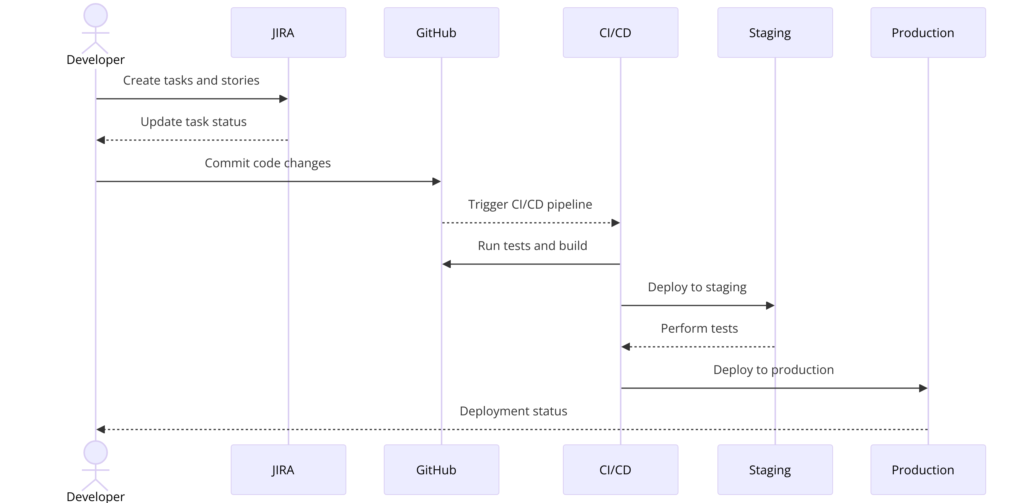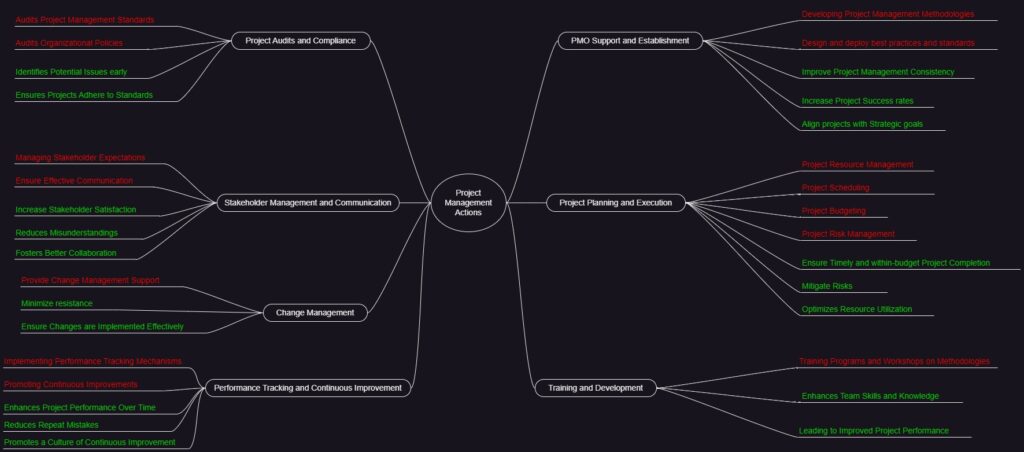
To initiate a SaaS project, the project needs to be defined to obtain authorization to start. Below are the key activities performed to initialize the project.
Key Activities
- Define initial high level project scope and objective.
- Define the financial resources needed to start the project, setting and promising their use. Practically, this can be a ballpark estimation.
- Identify Stakeholders who will interact and influence the overall outcome of the project.
- Discuss the project scope and objectives with stakeholders, and set their expectations regarding how they will participate in the project.
- Appoint the Project Manager.
- Obtaining authorization to start the project through Project Charter.
Roles Involved
Based on the organization hierarchy and structure, the following roles are responsible for creating the Business Case and Project Charter to initialize the project.
- Project Sponsor
- Project Management Office (PMO)
- Portfolio Steering Committee
- Project Managers
Documents
Below are some essential documents used in initiating a SaaS project:
- Business Case
- Project Charter
- Assumption log
- Agreements
1. Business Case Document
A Project Business Case document comprises the following essential sections:
Project Objective: This section outlines the primary goals and objectives of the project. It explains what the project aims to achieve and the expected outcomes. It sets the direction and purpose for the project, providing a clear understanding of its intended impact.
Project Scope: The Project Scope defines the boundaries of the project, including what is included and excluded. It details the specific tasks, deliverables, and activities that will be undertaken, ensuring that everyone involved understands the project’s limits and extent.
Cost-Benefit Analysis: This section evaluates the financial aspects of the project. It includes an analysis of the costs associated with the project and the expected benefits. This helps in determining the project’s financial viability and justifying the investment by comparing the anticipated benefits to the costs.
Compliance: This section addresses the regulatory, legal, and organizational requirements that the project must adhere to. It ensures that the project complies with relevant laws, standards, and policies, thereby avoiding legal and regulatory issues that could arise during or after the project’s implementation.
2. Project Charter Document
This is one of the most important document that formally authorize the existence of a project. Based on this document project manager is authorize to start project activists, specially the project planning. Below are the most essential parts must be present in a Project Charter Document:
Project Overview: In includes problem statements. What has been the situation leading up to this project?
Stakeholders Registers: It describe the project team composition that includes roles, responsibility and accountabilities. It includes, Project Sponsor, Project Manager, Key Stakeholders and other stakeholders who will be participating the project.
Project Scope: Scope statements are used to define what is within the boundaries of the project and what is outside those boundaries. It contains both in scope and out of scope content.
Delivery Plans: It describes the final products the project must produce and provides enough high level explanation and detail that the reader will be able to understand what is being produced.
Project Estimates (Schedule & Cost): It includes high level estimation at component and modules level. later on project manager use these components and modules to further dissect into work activities and and produce actual estimation.
Project Assumptions: Project assumptions are conditions or events that must happen for the project to succeed but are beyond the project team’s control. These are considered assumptions if they are very likely to occur. Assumptions help in evaluating the project’s performance and in making decisions throughout the project.
Project Risks: Project risks are potential problems outside the project’s control that could negatively or positively impact it if they occur. All initially identified risk will be added here. later this list will expended into Risk register document during planning phase.
3. Assumption Logs
The Assumptions section lists the assumptions made during the planning and development of the project. These assumptions are considered to be true for the purpose of planning and can impact the project’s execution. Clearly stating assumptions helps in understanding potential risks and uncertainties. Mostly, initial assumption are added into Business case and project Charter documents.
4. Agreements
Agreements documents are essential to formalize and outline the terms and conditions under which a project will be executed. These documents provide a clear framework and mutual understanding between the parties involved.
Knowledge Base and Assets
There are some other knowledge base and assets that can be utilize during initialization.
- Enterprise environmental factors
- Organizational Process Assets


